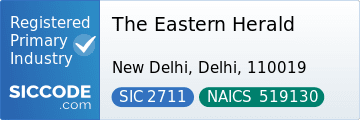The Reserve Bank of Australia announced a 25 basis point hike in the key rate to 3.85%, missing the mistake of many economists who expected no change.
Figures released in late April showed the consumer price index (inflation) had slowed to 7%, from 7.8% in December, but still above the bank’s target of between 2 and 3% .
Reserve Bank of Australia Governor Philip Lowe said inflation had “past its peak” but remained very high.
“Given the importance of bringing inflation back to target within a reasonable time frame, the Board considered that a further interest rate increase is now warranted,” he said.
Lowe warned that it could be “two years” before inflation returns to an acceptable level, and indicated that further rate hikes could be on the horizon.
“It may be necessary to tighten monetary policy further to ensure that inflation returns to target within a reasonable timeframe, but that will depend on developments in the economy and inflation,” he said. declared.
The Reserve Bank kept interest rates steady at its last meeting in April, ending a streak of 10 straight hikes.
Lowe said this allowed the bank to assess the economy before making a decision on the latest rally.
Australians are now paying an extra A$250 ($169) every week to meet average mortgage payments of around A$600,000 ($407,000).
Like the rest of the world trying to contain inflation, Australia faces a delicate balancing act to bring prices down without stifling economic growth and triggering a recession.
Central banks around the world continue to tighten monetary policy in the face of soaring food and energy prices, exacerbated by the war in Ukraine.
Read the Latest World News Today on The Eastern Herald.

